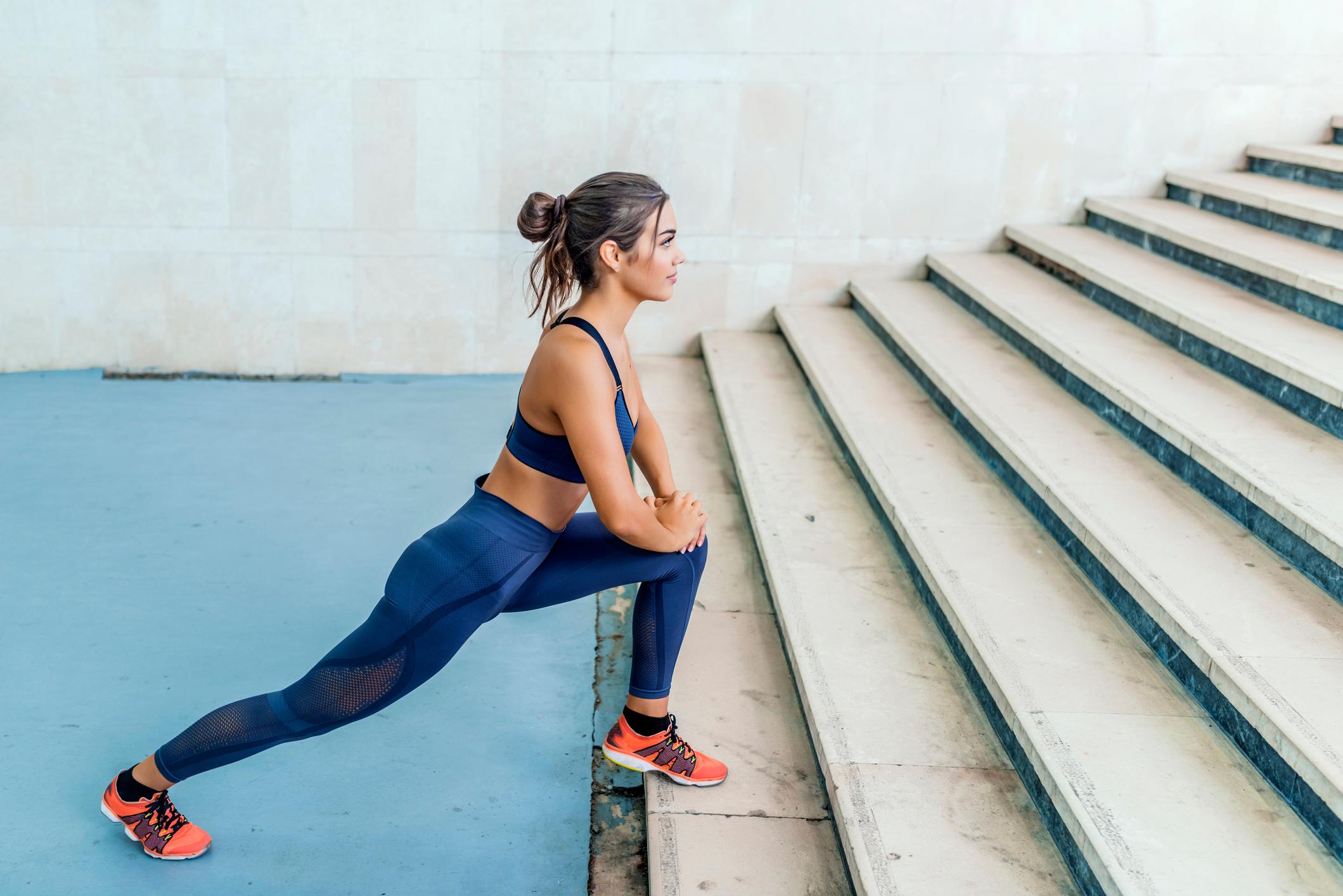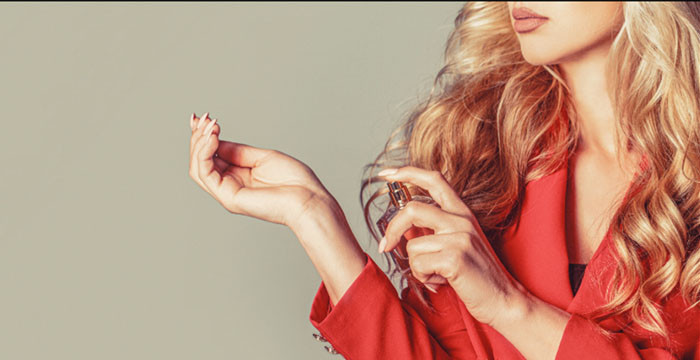As with any team sport, different workouts require specific footwear. Running requires good stability and ground contact shoes, while HIIT workouts demand agility and cushioning.
Consider choosing hybrid designs with firmer heels designed for lifting weights while providing lightweight cushioning agility - these shoes make ideal additions for HIIT sessions that utilize weighted training.
The Right Fit
Whether you're into running, HIIT, or weight training, the right shoes, like the ones at Hoka One One, are crucial for optimizing your workout and preventing injury. Poor-fitting shoes can cause pain, blisters, and black toenails. Therefore, it's essential to start with a comfortable fit.
Try multiple pairs and walk or jog around the store to assess comfort; fitness shoe shopping in the afternoon is ideal since feet swell throughout the day and affect shoe fit.
Once you've determined your ideal fit, consider the type of workouts you'll do most frequently. Runners need a lightweight shoe with cushioning and traction for their training surfaces. On the other hand, people doing HIIT need a flexible shoe with agility and stability. Those who do a mix of activities may benefit from an all-around trainer. These shoes offer a molded heel for stability and a stable platform to support strong lifts.
Stability

Stability is essential when lifting, squatting, or performing other forward and lateral movements in the gym. A good pair of performance shoes supports and keeps your feet firmly planted. This helps you maintain control and reduce the risk of injury.
A solid pair of gym shoes provides plenty of traction and stability on different surfaces. When testing out shoes, try them on various types of flooring, like carpet and tile, to see how they perform.
Generally, a shoe more suited for weight lifting will have a flatter sole with less cushion. Conversely, running shoes often have a plush feel that absorbs the impact of high-speed runs and hill workouts.
Cushioning
If you plan on performing high-intensity workouts that involve jumping and hopping, your trainer must be lightweight and responsive to your movements. A trainer with a highly lightweight midsole could also provide enough cushioning without adding unnecessary weight; these may even come equipped with quick transitions and maximum energy return, making them ideal for HIIT classes!
A practical and stable shoe is crucial. To test them out, take a walk or run in them and observe how they bend and roll with each step you take. Heel cushioning can reduce impact from heel strikes and the shock transmitted into joints and spine.
Shoe selection should focus on both stability and cushioning for optimal workout performance. Multiple layers of support work in concert with lightweight cushioning to keep feet comfortable during circuit training or HIIT sessions.
Breathability
To ensure that your shoes are perfect for your workout, there are several factors that you should consider. Firstly, they need to be able to move with you and absorb the shock of impacts. This is essential to prevent injuries and provide support to your feet. Secondly, the shoes should have grippy soles, which will help you maintain your balance and stability while performing exercises.
Breathability is also an essential factor to consider when selecting workout shoes. During running or HIIT workouts, your feet tend to sweat a lot. Therefore, choosing breathable shoes is crucial, which will help keep your feet cool and dry. This will prevent discomfort and reduce the chances of developing blisters or other foot-related issues.
One great choice for various workouts is a shoe with a mesh upper and cushioning that is both cozy and breathable. The mesh upper allows for air circulation, which helps regulate the temperature inside the shoe and keeps your feet cool. The cushioning provides comfort and support, which is especially important for high-impact exercises.
Flexibility
If you're going to the gym for a workout, it's essential to have flexible shoes that move with your body while supporting the foot's natural range of motion. Depending on your training, you may also need a shoe that provides stability for weight lifting and support for lateral movements like jumps or lunges.
Good gym shoes should feel comfortable right out of the box and not require any breaking-in. If you lift, look for a shoe with flat soles (zero drops) and complete contact with the ground to support your foot positioning and help minimize side-to-side foot shifting. For HIIT and plyometric workouts, on the other hand, you'll want a more agile shoe that will move with your body while providing adequate shock absorption for high-impact exercises such as box jumps or jumping lunges.
Post Comment
Be the first to post comment!



